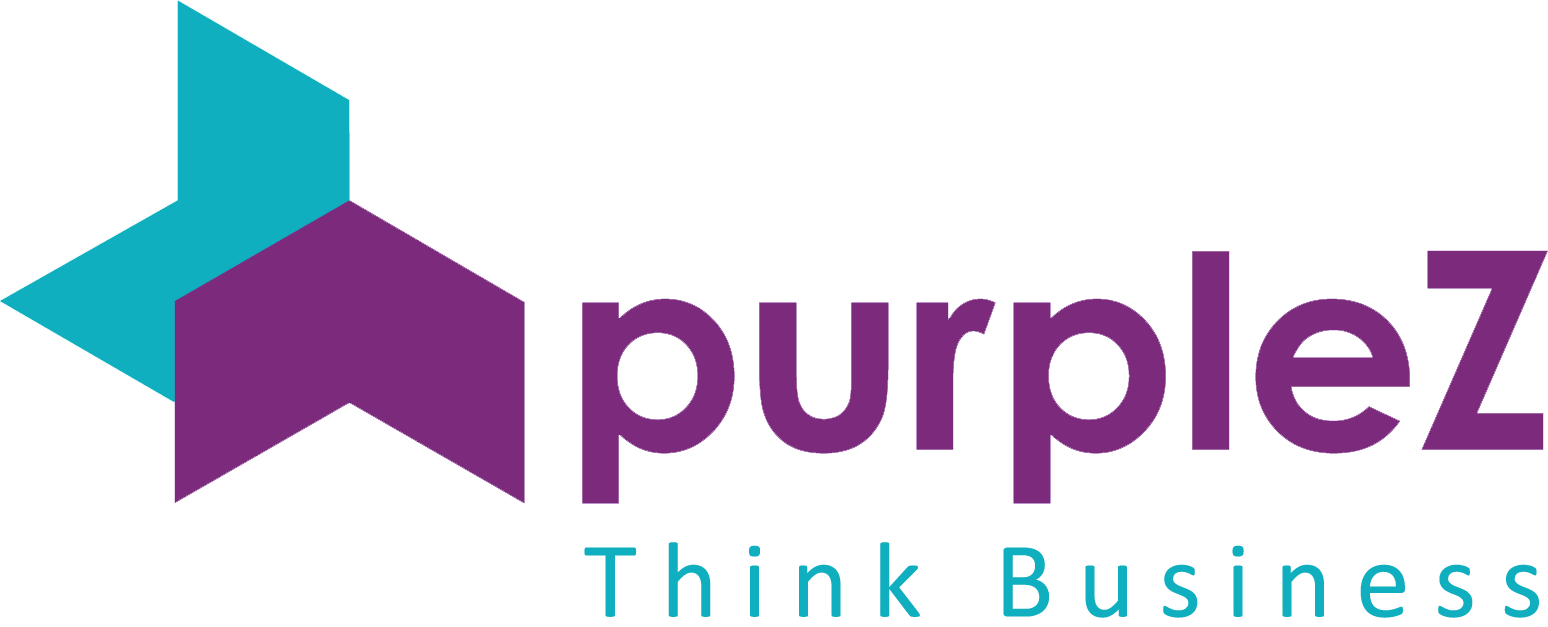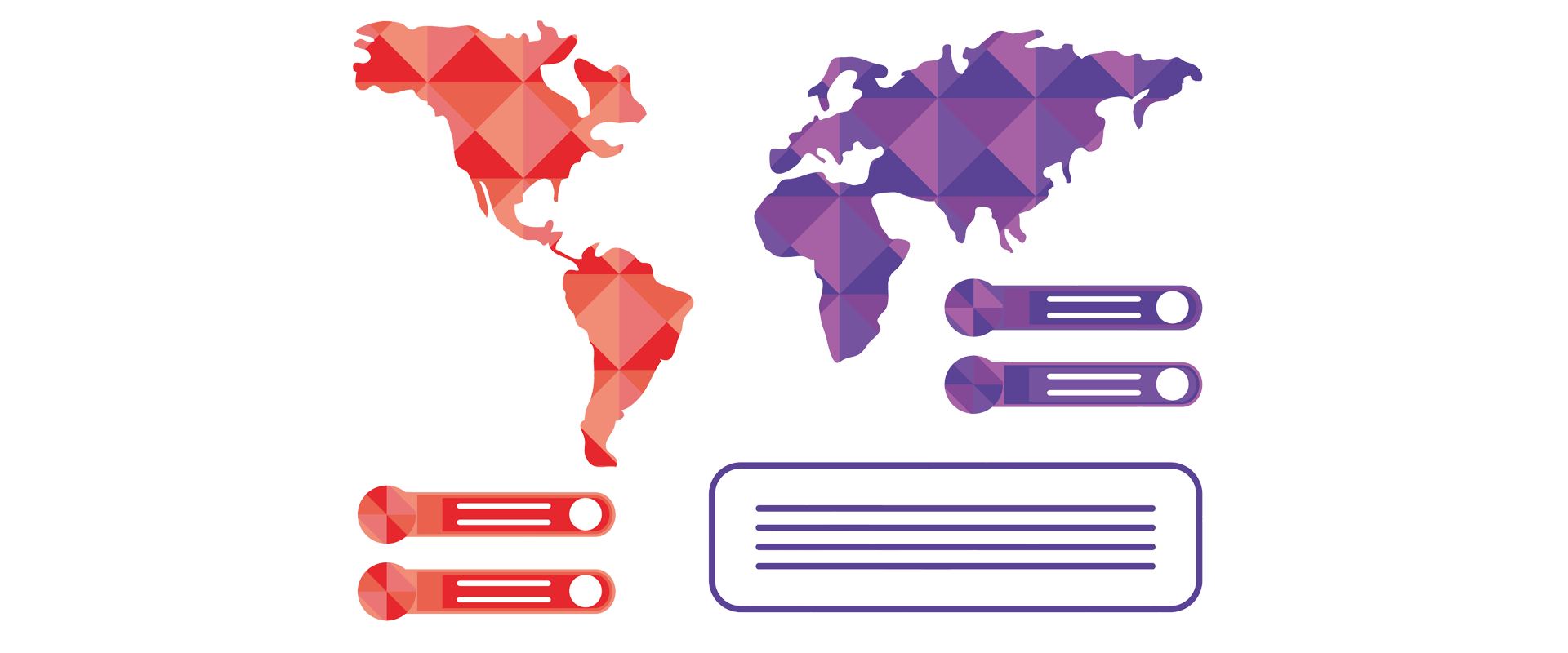Contents
Every Business is Looking for ways to sell their products or ideas to the right audience, but most fail to identify these people correctly. That’s where Demographic Segmentation comes in. It consists of various factors to help them know their demographic audience and optimize their marketing strategies. In this article, we’ll discuss demographic segmentation in marketing & several rules you should abide by to interest your potential customers & convert them to buyers or lead generators. So, let us begin!
What Does Demographic Segmentation Mean?
Demographic Segmentation Divides your target market to a set of potential customers based on factors like age, gender, education, income, geography & etc.
Using Demographic Market segmentation, you could create personalized marketing advertisements to resonate with your target audience & lead to more conversions.
This type of marketing allows you to personalize your marketing instead of, for example, sending a generic email to all your customers & expecting everyone to respond to it. Personalization is effective at increasing engagement rate & customer loyalty.
Remember that you should use demographic segmentation with careful intent because you don’t want to alienate your audience, sabotage your brand & fail to keep up to date with the upcoming trends.
The Difference Between Segmentation & Targeting
Some Consider these two to be the same thing. But really, they’re not. Segmentation means creating groups based on the different traits your audience share, whereas Targeting comes after segmentation; it’s the process of choosing which channels and how to reach your audience.
For example, let’s say you own a restaurant & want to promote your newest burger called “Whoppa Burger.”
By segmenting your audience into two age groups of 20-25 years old and 25-30 years old and targeting them to try your burger, you could analyze which age group buys more of this new product.
OK, Now Let’s discuss the different factors of demographic segmentation and how each affects your audience’s view of your business.
Geography
First, you got to identify where your potential customers are located; This includes the Country, City, County, Street & postcode they reside in. You could gather this information by Setting up a delivery system & storing their addresses to use later if they want you to deliver a product to them.
This way, you could easily offer a special discount or promotion to a specific street & postcode in your city to analyze which area had better results.
Remember, you should consider your target market’s climate, landscape & cityscape as well so as not to make mistakes like:
- Promoting your t-shirts on a snowy day
- Offering a Discount code for a Sauna Session on a Summer Day to a city that’s not interested in it.
Age
Knowing the age group, you want to advertise your products/services to is essential. Age groups, such as Gen Z, Millennials & Boomers, differ in various categories. Let’s say you’re a company that sells toys to kids. Your target audience should be young and mature mothers around the age of 25 to 45 who buy these toys for their children.
Or, if you’re a restaurant owner, you wouldn’t want to target people of old age to eat your high-calorie burger as it wouldn’t be beneficial for their health, So instead your target would be the age group of 18-45.
Education
This type of segmentation divides your market by their school, college & degree.
Ensure the content you market for your audience is understandable and within their literacy. If it’s too advanced, your audience may get bored and confused. They would probably ignore your advertising & move on to the easier ones.
Occupation
Segmenting your target market by their job title & description is a must if you want to target B2B businesses. By doing this, you target individual personas that own a business.
Income
Are the services/products you offer to your audience affordable for them? Consider your target market’s general salary & price your item markups based on affordability.
Summary
Every Business is Looking for ways to sell their products or ideas to the right audience, but most fail to identify these people correctly. That’s where Demographic Segmentation comes in. Choosing where your target audience is, their age, education, occupation & income could significantly boost your business sales as you’re narrowing down who is the most qualified to be your next potential customer.







